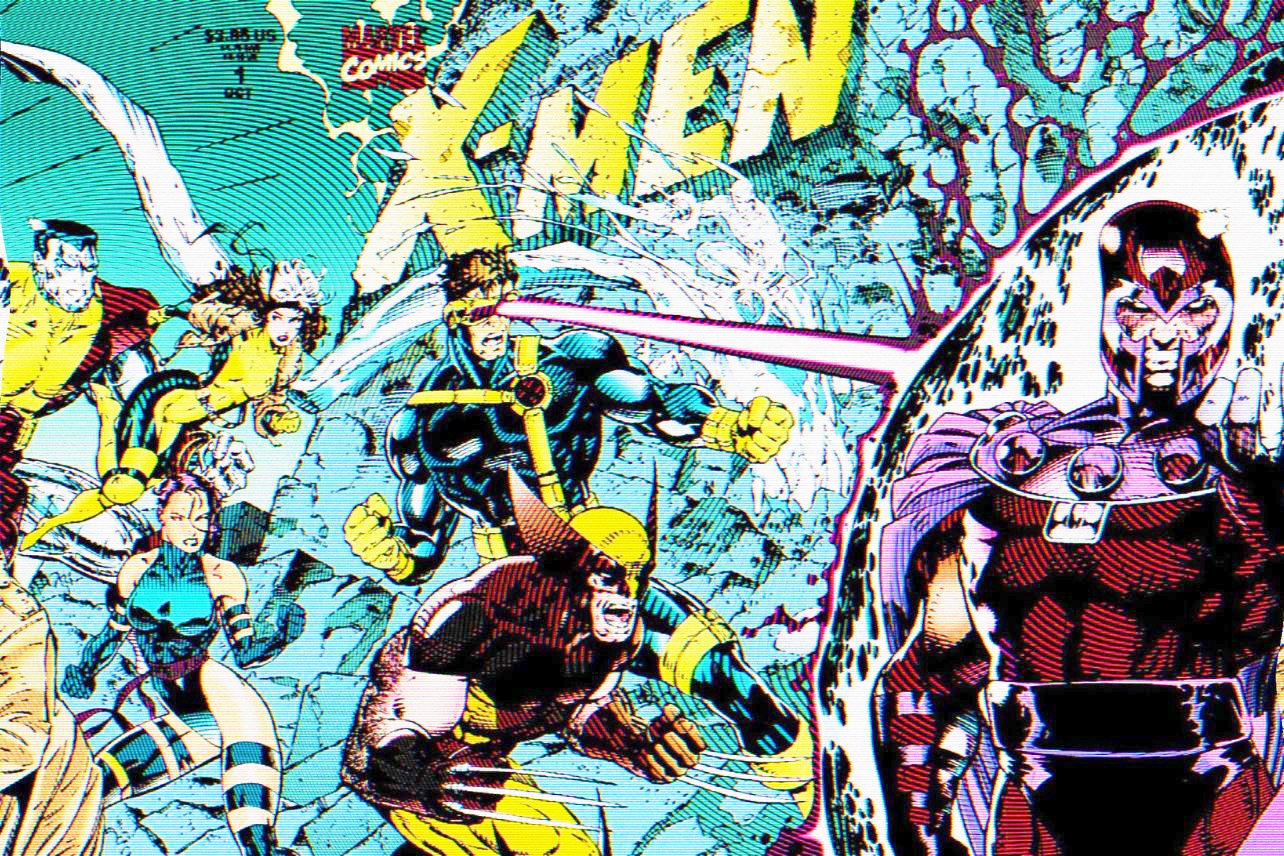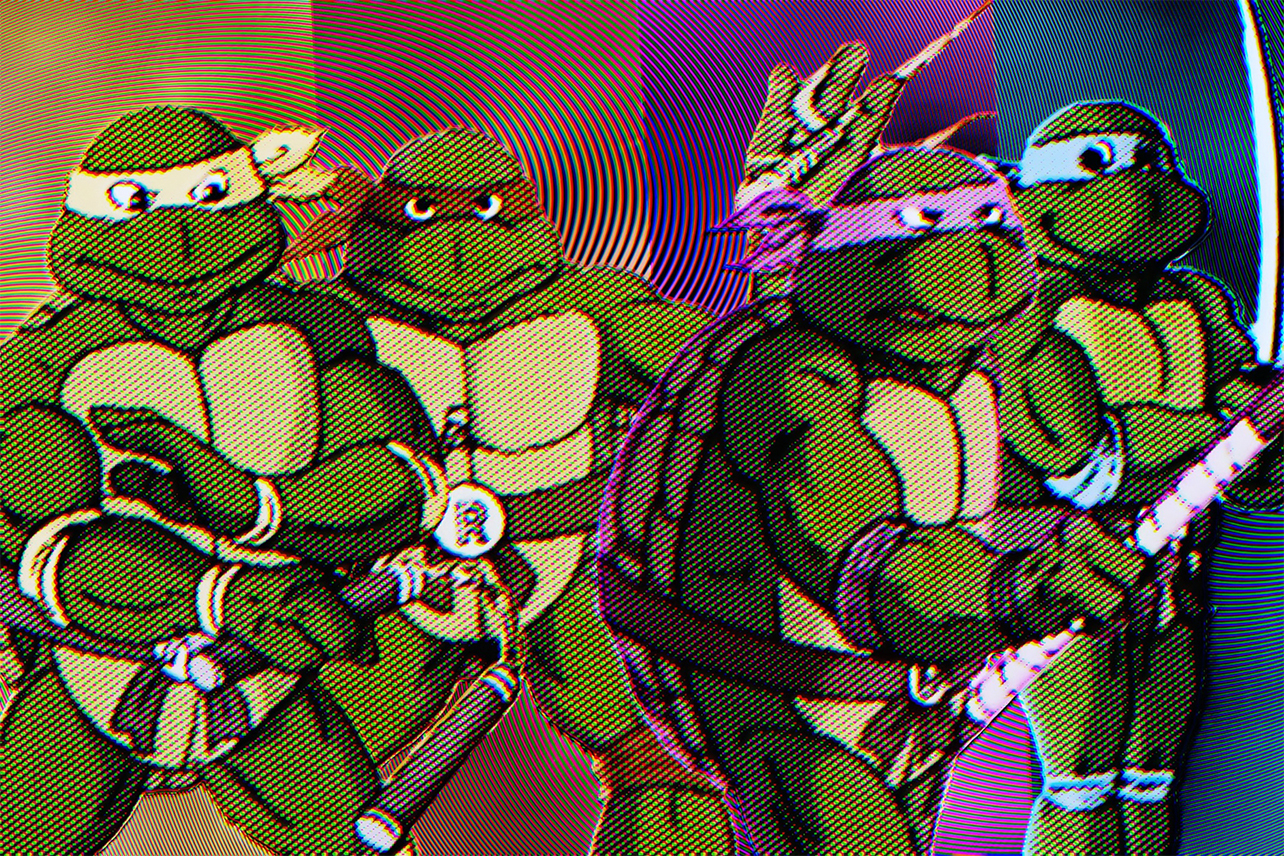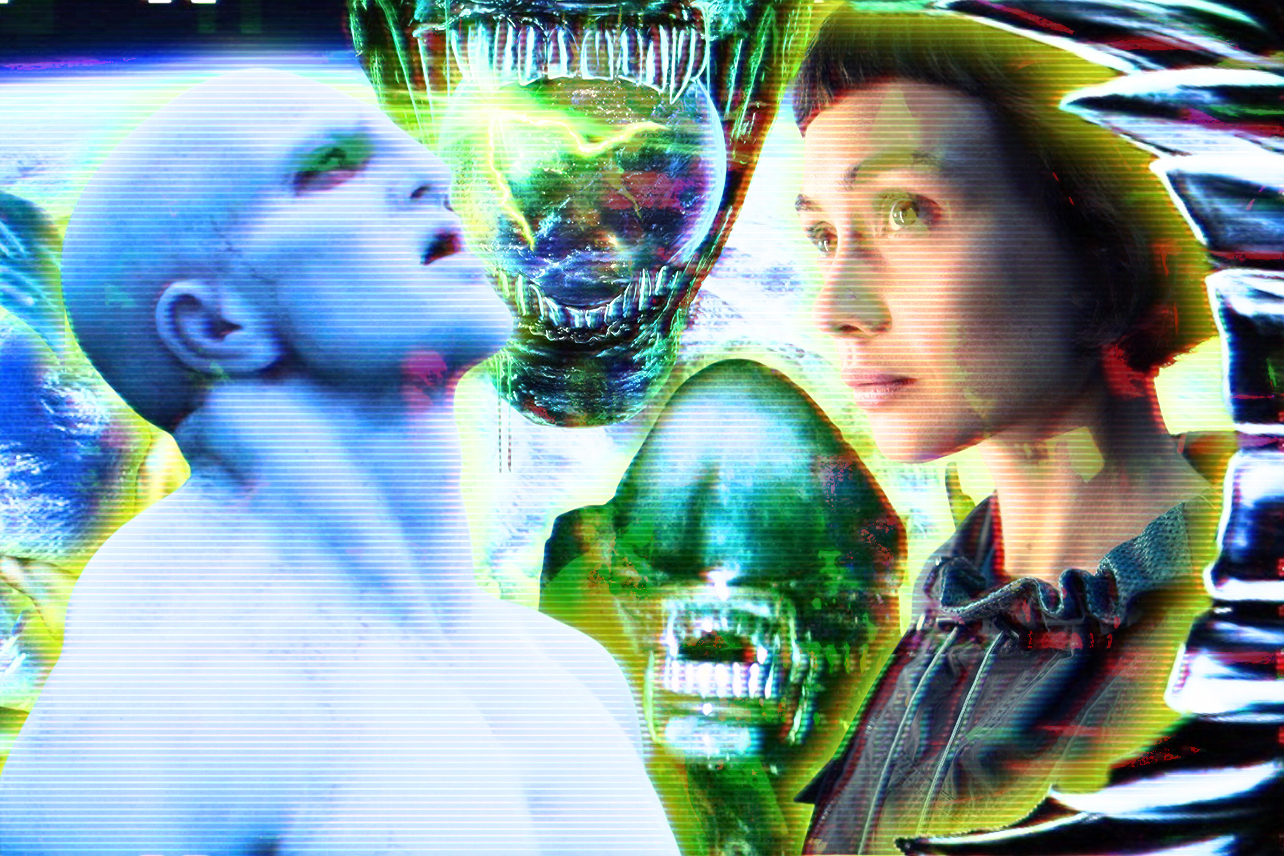Our Heist Guides introduce new fans to something we think is seriously cool, and they may even provide some behind-the-scenes knowledge to longtime diehards. It's everything you need to know to plan your own heist.
2024 was a good year to be an X-Men fan. For us lifers, I think it's safe to say that it was the best year to be an X-Men fan in at least 20 years — if not 30. Between X-Men '97 on Disney+ and Deadpool and Wolverine in theaters, we were fed — but we weren't the only pop culture obsessives eating well at the X-Men's buffet. It's highly likely that a lot of newcomers rediscovered or outright discovered Marvel's merry mutants this year, and I want to welcome all y'all to the fold!
But as with all things Marvel, the X-Men are their own universe of imposing continuity, endless collections, confusing retcons, false starts, and sudden stops. If you just binged X-Men '97 and want to just casually see what else is out there, you've quickly learned that there is nothing casual about the X-Men. This is who you are now. And I'm here to give you a flashy codename, zip you into your black and gold unitard, and hand you a barf bag as you board our personal SR-71. Welcome to the X-Men — hope you survive the experience! And that's not a threat, it's an X-Men reference (truly a sentiment that can apply to so many things I say).
Who are/what is the X-Men?
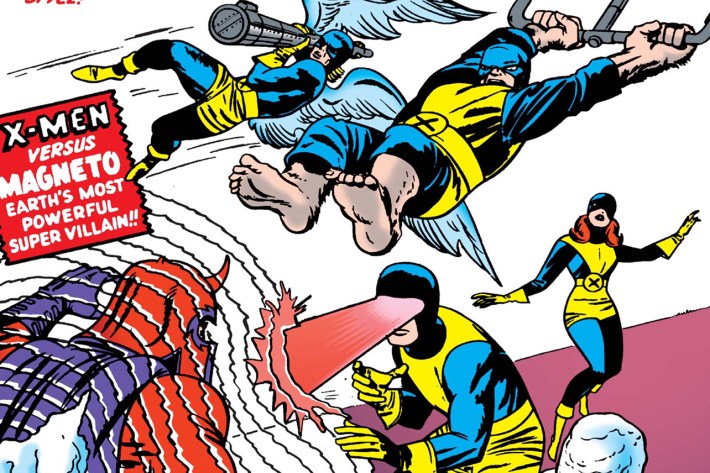
X-Men is a multimedia franchise within the larger Marvel Comics empire. Introduced in 1963 by Jack Kirby and Stan Lee, X-Men starred a team of teenage superheroes who were born with their powers, thus making them "mutants." What initially started as a quick way to zip through the origin story (no radioactive spiders or gamma bombs) and get to the good stuff (superhero battles) quickly became the basis for a much more important, socially-conscious storytelling angle. With the rise of the Civil Rights Movement, Stan Lee and later writers were able to map the prejudice plaguing the real world onto the plight of mutants, hoping to change a few minds and hearts along the way. While the rosters on the page and behind-the-scenes have changed over the decades, this remains the core principle of the franchise.
With the arrival of writer Chris Claremont in 1975, X-Men evolved from third-tier Marvel team book to the biggest comic book series in America. It was really Claremont — along with an unbroken string of the greatest superhero artists to ever put pencil to paper — who juiced up the book with a potent mix of soap opera drama, political overtones, queer undertones, and all-out action. X-Men — which was officially re-titled Uncanny X-Men in 1981 — redefined what it meant to be a superhero team comic book, period. And I'd be remiss to not actually name those great artists, so: Dave Cockrum, John Byrne, Paul Smith, John Romita Jr., Marc Silvestri, Rick Leonardi, Barry Windsor-Smith, Alan Davis, Art Adams, Frank Miller, and Jim Lee to name but a few.
How do I approach reading X-Men comics?
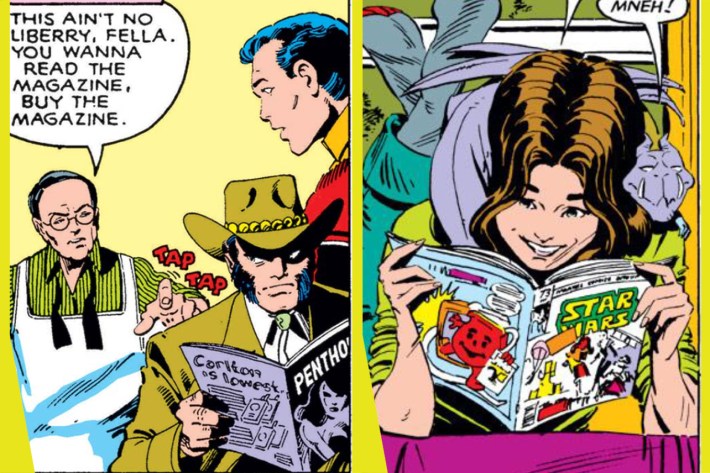
If this is your first time diving into the world of shared-continuity comics, there are a few mindsets that you need to be aware of — if not fully adopt — in order to proceed.
Don't worry about continuity, because continuity ain't worrying about you! Continuity is, without a doubt, the most intimidating part of superhero comics. There have been thousands of X-Men comics published over the last 60+ years, and any tidbit from any issue could become the basis for any story — or a story could be built around cutting that tidbit out of existence entirely. You just have to accept that it is impossible to read everything, let alone know everything, about the X-Men — and that's okay.
Ask questions and seek answers! Granted, the rules of good storytelling still apply to every X-Men comic. If you have big questions like, "What the hell is going on?" then that's probably a shortcoming of the storytelling and not on you. But the rest of those questions? Treat continuity as a Choose Your Own Adventure. You want to know more about a background character? They have a Marvel Wiki entry! Have an X-Men superfan in your life? Text them questions about random plot points! Think of it like this: there's the story you're reading and also the research adventure you're having.
How do I read X-Men comics, like, practically?
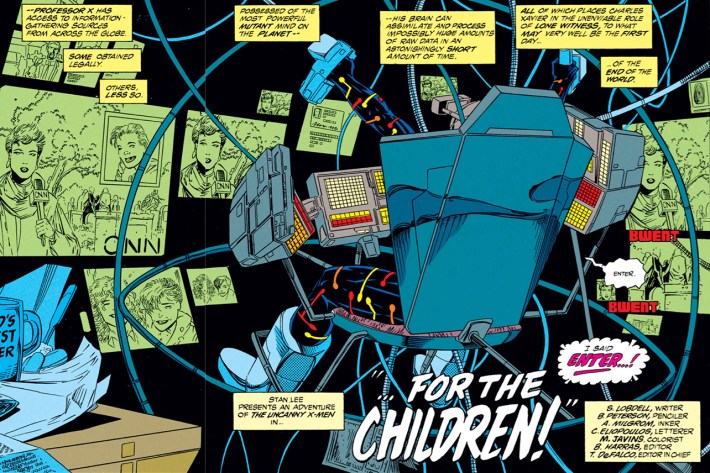
The answer that springs to mind is "everything, everywhere, all at once." Seriously, the reason you're even reading this is because you have intuited that comics are stupid complicated to get into and that "just go read the thing" for some reason is not the go-to answer, nor is it that simple. So, here are your options, and be prepared to try them all!
Back issue bins are for the committed. The least efficient way of getting into comics is digging through boxes of comics at your local comic shop or secondhand media store. Tracking down every part of one specific story is something that seasoned comic book maniacs will drive themselves mad over. That's operating on hard mode. However — there is a very specific kind of fun to be had to flipping through boxes of dollar comics and just picking up whatever looks fun. You can discover some gems that way, but it's not exactly efficient.
Fortunately comic shops aren't just back issue bins. In fact, it's way more likely that the comic shop closest to you will have a wall of trades, which is what refers to bound collections of complete runs of single issues, grouped by story or theme. Or you can call these "graphic novels," although that's a semantic can of worms that does not need to concern you right now. This is a much more practical and affordable way to find what you need. Note that all of these can be found at bookstores, too.
Marvel's Epic Collections are your friend. Marvel has a line of trade paperbacks called Epic Collections, and they're available for pretty much every major Marvel series. These collections aim to reprint the main throughline of every character, presented in publication order and arranged by year. They're affordable and, for the top-tier titles, Marvel tends to keep them in print. They also make it easy to jump in at one of a franchise's many jumping-on points, while also putting that point in a larger context.
Digital comics are a thing. Pretty much every collection of X-Men comics are available via Kindle, but that can get incredibly expensive if you plan on sampling a bunch of stories.
Marvel Unlimited is a much better choice. It's essentially Netflix for Marvel Comics; a monthly ($9.99) or annual subscription ($69) gets you access to over 30,000 comics, which have all been remastered for digital (these aren't scans of brittle 80-year-old back issues). The library expands on a daily basis as more back issues and new comics are added to the library. The only downside is that you will have to rely on more granular recommended reading lists that get into series and issue numbers, as not every jumping-on point has a clearly defined reading list.
Next question: What comics are you going to track down now that you know where to look?
I have $100 to spend and just want the absolute bangers, the essentials, the hits...
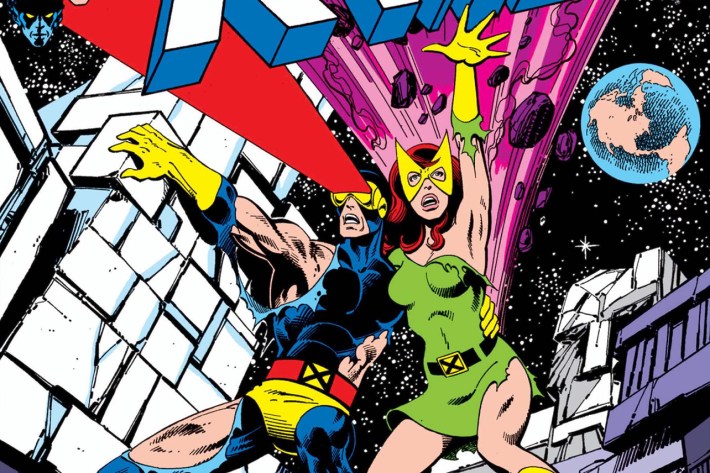
X-Men: Epic Collection vol. 7 - The Fate of the Phoenix: Includes both The Dark Phoenix Saga and Days of Future Past. Those two stories, both published between 1979 and 1980, paved the way for pretty much everything that came after them — and that extends beyond just X-Men comics. These two stories changed pop culture, and they're the best for a reason. They have both been adapted, loosely, into feature films — most of them terrible. But the comics? This is the work of Chris Claremont and the John Lennon to his Paul McCartney, artist John Byrne. It's unbeatable.
- Includes X-Men (1963) #129-141, Uncanny X-Men (1981) #142-143, X-Men Annual (1970) #4, Marvel Treasury Edition (1974) #26-27, Phoenix: The Untold Story (1984), material from Marvel Team-Up (1972) #100.
- Midtown Comics, MyComicShop
- Get started on Marvel Unlimited
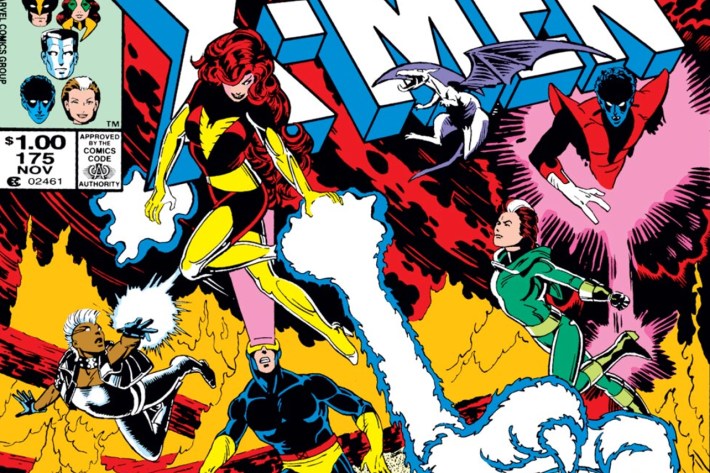
X-Men: Epic Collection vol. 10 - God Loves, Man Kills: But, bang for your buck, hands-down the best collection on this entire list is this one right here. This collection of X-Men comics from 1983 collects a number of stories that pepper this list, including the debut of the Morlocks, Storm's punk makeover, Wolverine's first solo adventure in Japan, Rogue's defection to the X-Men, Cyclops' marriage to Madelyne Pryor, the definitive Kitty Pryde issue, and the groundbreaking God Loves, Man Kills. This collection primarily features the art of Paul Smith, who brought an animation-influenced art style that blended realistic body language and modern design with an immediacy and fluidity that caused the incredibly verbose Chris Claremont to actually pump the brakes on his nonstop narration. Smith's art was too beautiful to be obstructed.
- Includes Uncanny X-Men (1981) #168-175, X-Men Annual (1970) #7, Marvel Graphic Novel (1982) #5, Wolverine (1982) #1-4, material from The Official Handbook of the Marvel Universe (1983)
- Midtown Comics
- Get started on Marvel Unlimited
I just watched X-Men '97. Where do I start reading X-Men comics?
If you've never picked up a comic before, then I'd suggest...
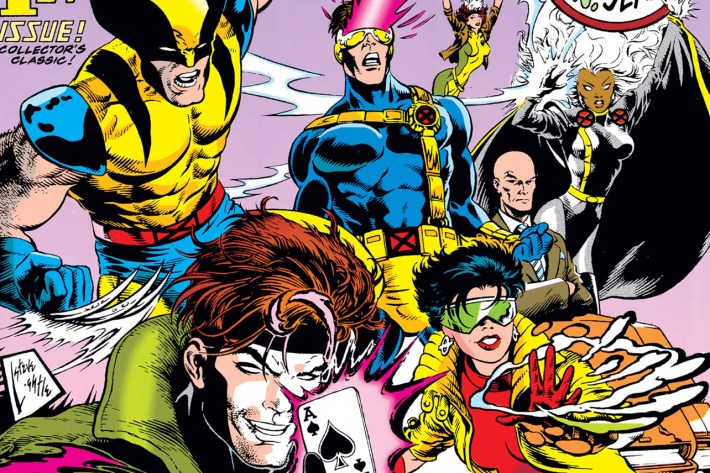
X-Men: The Animated Series - Feared and Hated: This collects the first eight issues of the '90s series that adapted the cartoon into comics. This truly is Comics 101, as it will show you how the visual language of a comic book adapts stories that you've already seen in animation. This run is illustrated by Andrew Wildman, who as far as I'm concerned is one of the definitive artists of the early '90s who never ever gets the recognition he deserves. His art is bodacious in every sense of the word.
- Includes X-Men Adventures (1992) #1-8
- Midtown Comics, MyComicShop
- Get started on Marvel Unlimited
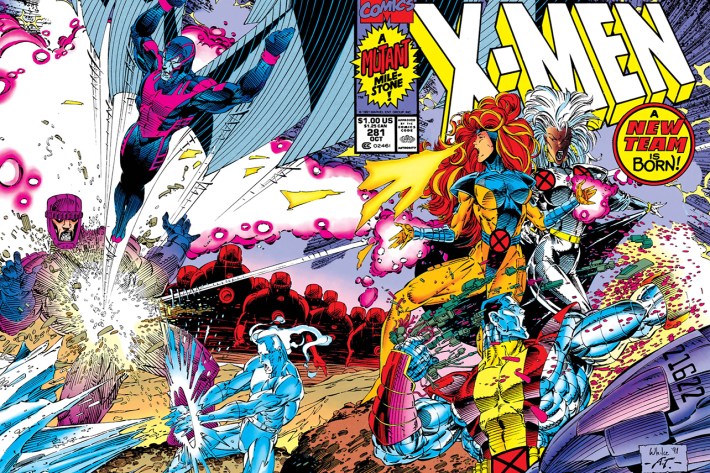
X-Men: Epic Collection vol. 19 - Mutant Genesis: If you want something new but with a similar vibe, start reading the comics that inspired the creators of the cartoon. That stretch of issues kicks off with Mutant Genesis and continues in earnest with vol. 20 - Bishop's Crossing. These trades feature work by a whole lot of different creators, but it's the pairing of stalwart X-writer Chris Claremont with firebrand artist Jim Lee that set the comics industry on fire and made the X-Men what they were in 1991 and what they remain today.
- Includes X-Men Annual (1970) #15, X-Factor (1986) #65-70, Uncanny X-Men (1981) #278-280, X-Men (1991) #1-3; material from New Mutants Annual (1984) #7, X-Factor Annual (1986) #6
- Midtown Comics, MyComicShop
- Get started on Marvel Unlimited
I read X-Men comics in the '90s, but haven't since. What did I miss?
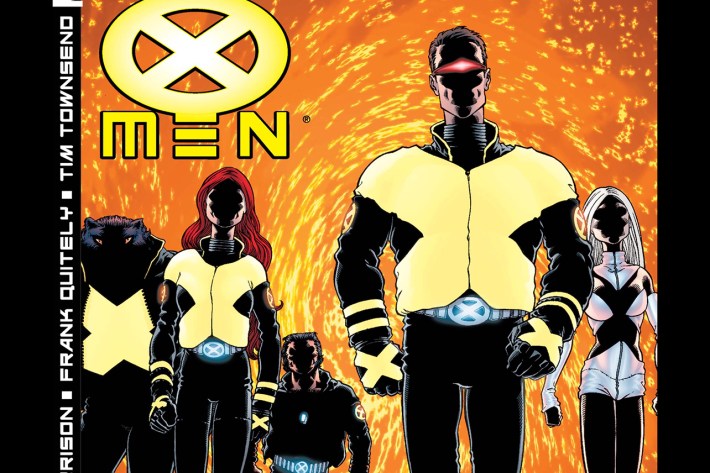
New X-Men Epic Collection: E Is For Extinction: It's dark! It's moody! It's ambitious! It's sexy! It is absolutely bizarre! It's the X-Men as seen through the eyes of avant-garde, critically-acclaimed, iconoclastic writer Grant Morrison and artist Frank Quitely, whose idiosyncratic style marries edgy '70s European comics art with just top-tier cartooning. This is X-Men filtered through The Matrix's aesthetic (by one of the writers that, admittedly, pioneered that aesthetic), with an eye towards the academic. Nothing is off limits.
- Includes New X-Men (2001) #114-126 and New X-Men Annual 2001
- Midtown Comics, MyComicShop
- Get started in Marvel Unlimited

Astonishing X-Men Epic Collection: Gifted: The pendulum swung the other way with Joss Whedon and John Cassaday's X-Men run. While they put the team back squarely in the genre of superhero team comics, complete with yellow spandex, Whedon's dialogue and innate understanding of each character's context, paired with Cassaday's lush and cinematic artwork and colorist Laura Martin's cinematography made the old feel excitingly new again.
- Includes Astonishing X-Men (2004) #1-12
- Midtown Comics, MyComicShop
- Get started on Marvel Unlimited
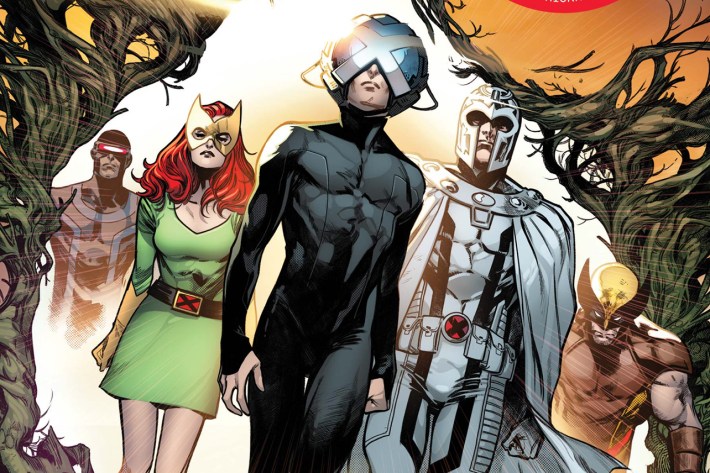
House of X/Powers of X: I'm not going to say that the X-Men spent the 15 years after Grant Morrison's run concluded in a state of total stagnation, but… okay, actually, I will say that the only writer to rekindle an all-consuming inferno of ideas after Morrison was Jonathan Hickman. His grand debut on the franchise in 2019's House of X and Powers of X (pronounced "ten") completely rewrote the X-Bible, reinterpreting the team as an aggressive, resourceful, and tenacious cultural movement, and blending new genres—cyberpunk sci-fi, body horror, political thrillers, Arthurian fantasy—into the mix. This story was so impactful that it catapulted established artists Pepe Larraz and R.B. Silva to the forefront of modern superhero comics.
- Includes House of X (2019) #1-6 and Powers of X (2019) #1-6
- MyComicShop
- Get started on Marvel Unlimited
I just want to read one self-contained X-Men story. Just one!
If you just want a damn good self-contained X-Men story—well, "self-contained" is a tall order when you're talking about shared universe superhero comics. But—there are definitely some stories that you can drop in and out of and get your fix.
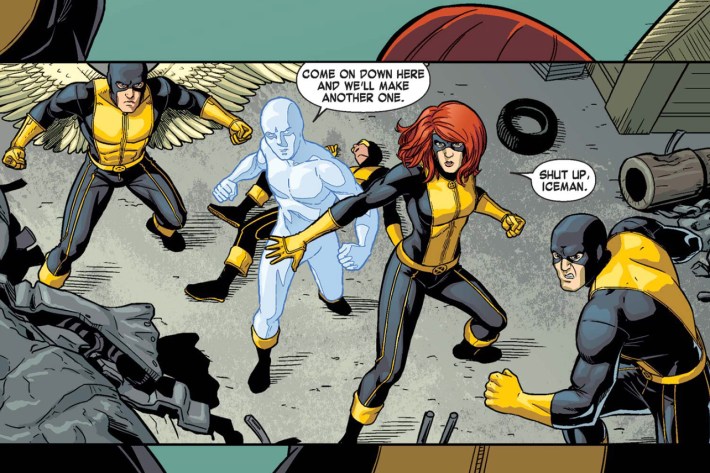
X-Men: Season One: A modern update of the original X-Men's first few missions, originally presented in 1963 by Stan Lee and Jack Kirby, written by Dennis Hopeless with art by Jamie McKelvie. This was intended to be a more approachable, character-driven, and evergreen presentation of the X-Men's origin, and it remains that today.
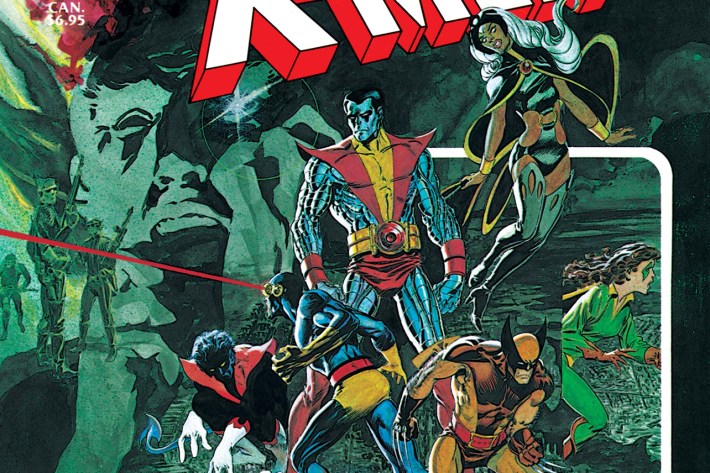
God Loves, Man Kills: If there's a holy trinity of X-Men stories, this is right there with Dark Phoenix Saga and Days of Future Past. However, this story — written by Claremont with almost photo-realistic art from Brent Anderson — was originally published as a standalone, oversized graphic novel rather than as part of the ongoing series. It's a searing treatise on the intersection of religion and bigotry that made the news when it dropped in 1984.
Unfortunately, it's hard to read just God Loves, Man Kills, as it's too short a story to keep in print just on its own. That's why it's always bundled with other issues (usually some of the best X-Men comics ever; see X-Men: Epic Collection vol. 10 above).
- Read on Marvel Unlimited

Avengers vs. X-Men: It is what it is! No, it's not the best story, but it is fun. If you're more well-versed in the Marvel Cinematic Universe, then you might get a kick out of seeing these match ups.
- Includes Avengers vs. X-Men (2012) #0-12
- Midtown Comics, MyComicShop
- Get started on Marvel Unlimited
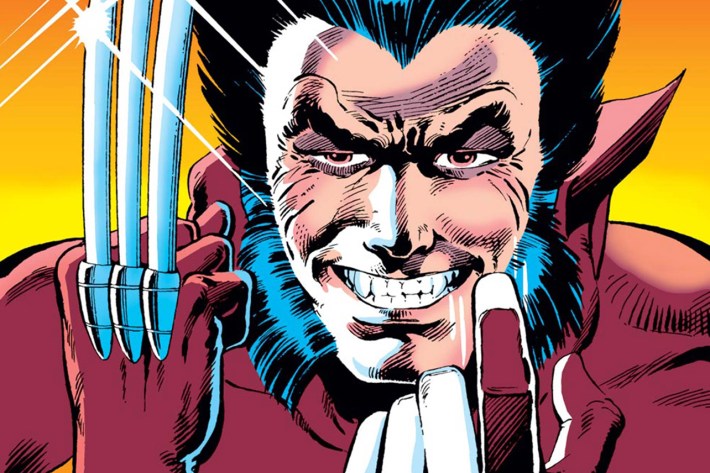
Wolverine by Chris Claremont & Frank Miller: Believe it or not, there was a time when Wolverine wasn't the dominant character in the X-franchise. This 1982 limited series from Chris Claremont and Frank Miller (yeah, the guy who went on to redefine Batman with Year One and The Dark Knight Returns) introduced Wolverine's savage samurai conceit and established his bona fides as a leading man. Again, note that Wolverine is frequently collected with God Loves, Man Kills and one of the greatest stretches of Uncanny X-Men issues ever to create a hefty collection (X-Men: Epic Collection vol. 10). But, if you just want the Wolverine part of all that, by all means...
- Includes Wolverine (1982) #1-4 and Uncanny X-Men (1981) #172-173
- Midtown Comics, MyComicShop
- Get started on Marvel Unlimited
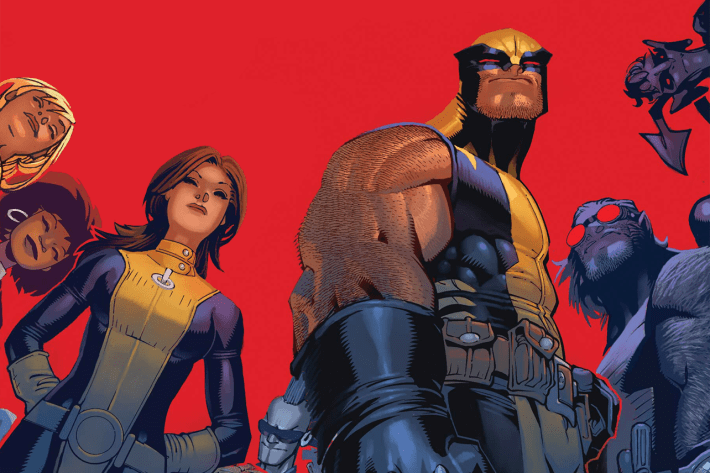
Wolverine and the X-Men by Jason Aaron: On the flip side, the 2011 ongoing series from Jason Aaron and Chris Bachalo asks, "What if your ornery, 100+ year old cigar-chomping murder grandpa was made headmaster of a boarding school for super-powered teenagers?" This is the X-Men as a madcap comedy, and it's pretty damn delightful.
- Includes Wolverine and the X-Men (2011) #1-4
- Midtown Comics, MyComicShop
- Get started on Marvel Unlimited
What if I am a completionist? What if I really do want to read it all?
If you're a completionist, I strongly urge you to… not be a completionist. There's too much, and the franchise crosses so many subgenres and encompasses so many creative styles and character combinations that you are bound to run across a lot of stuff that you're just not going to like. That is especially the case if your inclination is to start reading X-Men with X-Men #1 from 1963. The truth is, X-Men comics just weren't that good until 1969 at the earliest. But if you're looking for a definitive jumping-on point from way back...
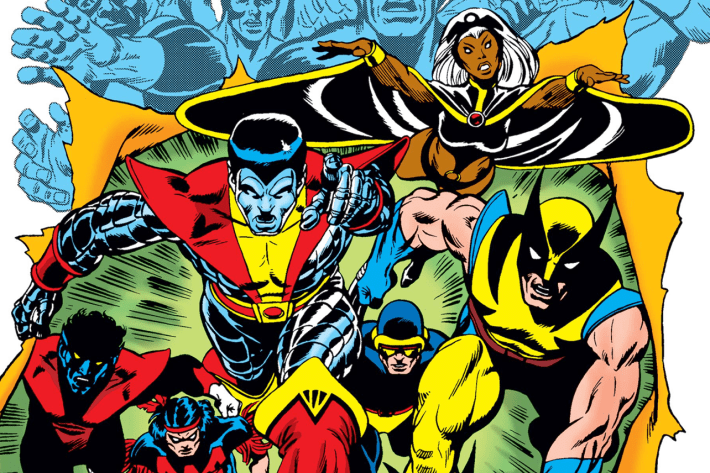
X-Men: Epic Collection vol. 5 - Second Genesis: Thankfully the X-Men got a second chance when the comic was relaunched in 1975, after an abrupt cancellation five years earlier. And mercifully, these issues hold up — well, they hold up as well as anything else from 1975 does today. But if you're a completionist and love X-Men '97, you will probably geek out at seeing the debuts of Storm, Wolverine, Nightcrawler, and Colossus as well as seeing how they all went from total strangers to a found family.
- Includes Giant-Size X-Men (1975) #1; X-Men (1963) #94-110; Marvel Team-Up (1972) #53, #69-70, Marvel Team-Up Annual (1976) #1; Iron Fist (1975) #14-15; and material from Foom #10.
- Midtown Comics, MyComicShop
- Get started on Marvel Unlimited
All of those recommendations presuppose that you're here for the team and not just one specific character. But come on, every X-Men fan has a favorite X-Man. There's a definitive story for all your faves, so let's close out this guide with a list of those too.
My favorite character from the cartoon is [NAME]. What's a good [NAME] story?
This is, unfortunately, tricky to navigate because the more laser-focused you get with your lead character, the more likely the story is to be out-of-print. That's the case with a lot of these — but, if you've made it this far down and you're so into the X-Men that you're hunting for a good Jubilee story, well, Marvel Unlimited is a good thing to have! So: I'm going to link to Marvel Unlimited for these.
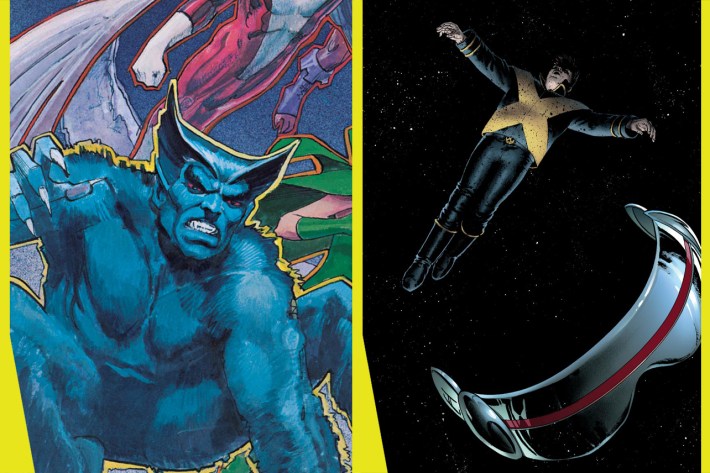
What's a good Beast story?
Defenders (1972) #125-139: Beast embraces his fun-loving, witty dude-sona in this classic run.
What's a good Cyclops story?
Astonishing X-Men (2004) #19-24: Powerless Cyclops out to save his team armed with nothing but his brains and a gun.
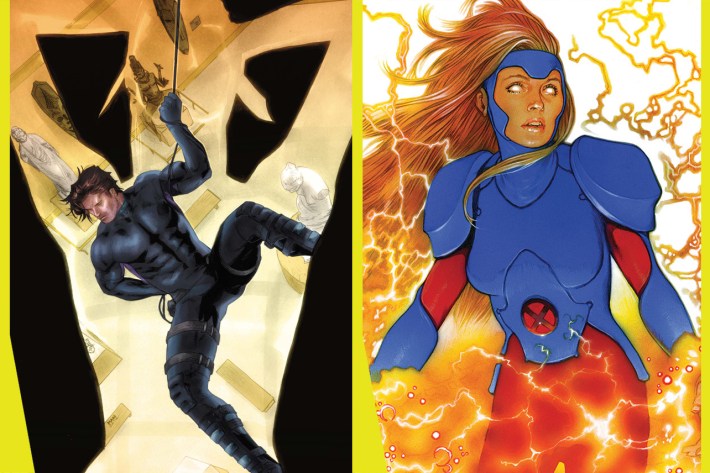
What's a good Gambit story?
Gambit (2012) #1-17: Sexy heist stories starring Gambit. What more do you need?
What's a good Jean Grey story?
X-Men Red (2018) #1-11: Jean Grey's back from the dead and she has a whole new approach to hero-ing.
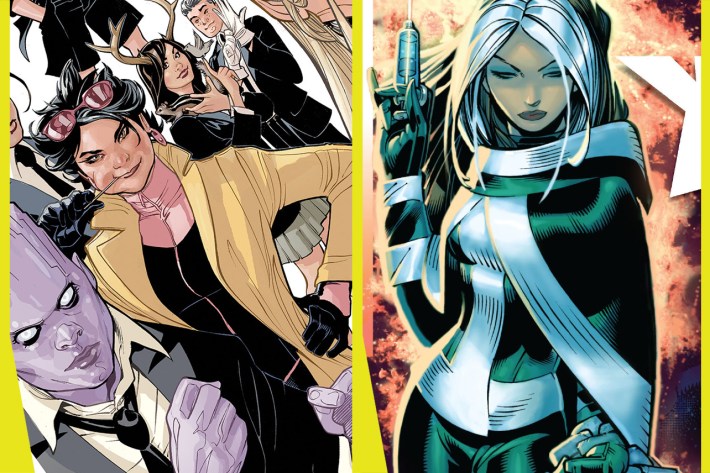
What's a good Jubilee story?
Generation X (2017) #1-9: This time around, Jubilee's the teacher.
What's a good Rogue story?
X-Men (2004) #188-199: Rogue drafts her own team of loose cannon X-Men to fight a brand new evolutionary threat.
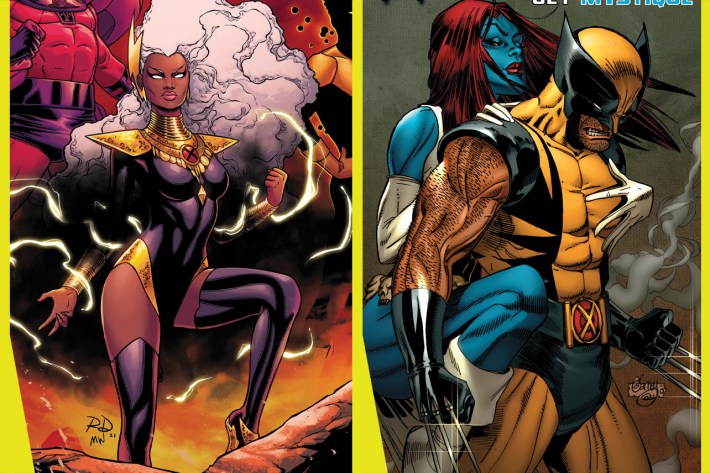
What's a good Storm story?
X-Men Red (2022) #1-4: Storm as queen of our solar system, and looking damn iconic while serving.
What's a good Wolverine story?
Wolverine (2003) #62-65: A thriller starring two of Marvel's most enduring — excuse me, endurable mutants.
For even more X-Men content, keep coming back to Pop Heist.
